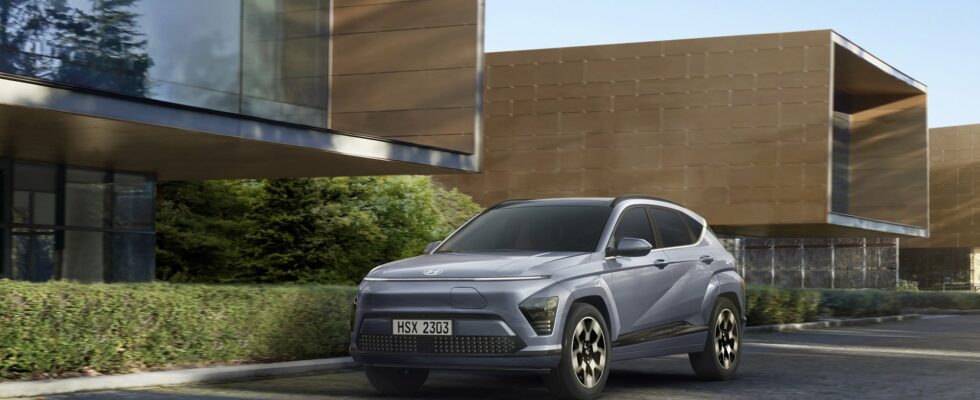Launched in 2017, the Hyundai Kona finally offers a long-awaited 2nd generation. Already partially unveiled a few months earlier, this electric car in. version 2023 details today its technical characteristics. And these are a little disappointing. Especially with its rising price.
The Hyundai Kona has been offered in the brand’s catalog for six years now, after being presented at the Frankfurt Motor Show in 2017. And if he doesn’t seem to have suffered too much from the passing of the years, it is still time for him to offer himself a new generation, in order to stay in the race. Especially since like all manufacturers, the Korean firm will also have to become 100% electric in Europe in the coming years.
A completely revised style
Currently the brand’s bestseller in France according to sales figures, the Hyundai Kona is therefore completely renewed, and it starts with the style. Already unveiled at the end of last year, it changes radically compared to the previous version, with much more refined lines. These are thus positioned in the same vein as the Ioniq 5 and Ioniq 6.
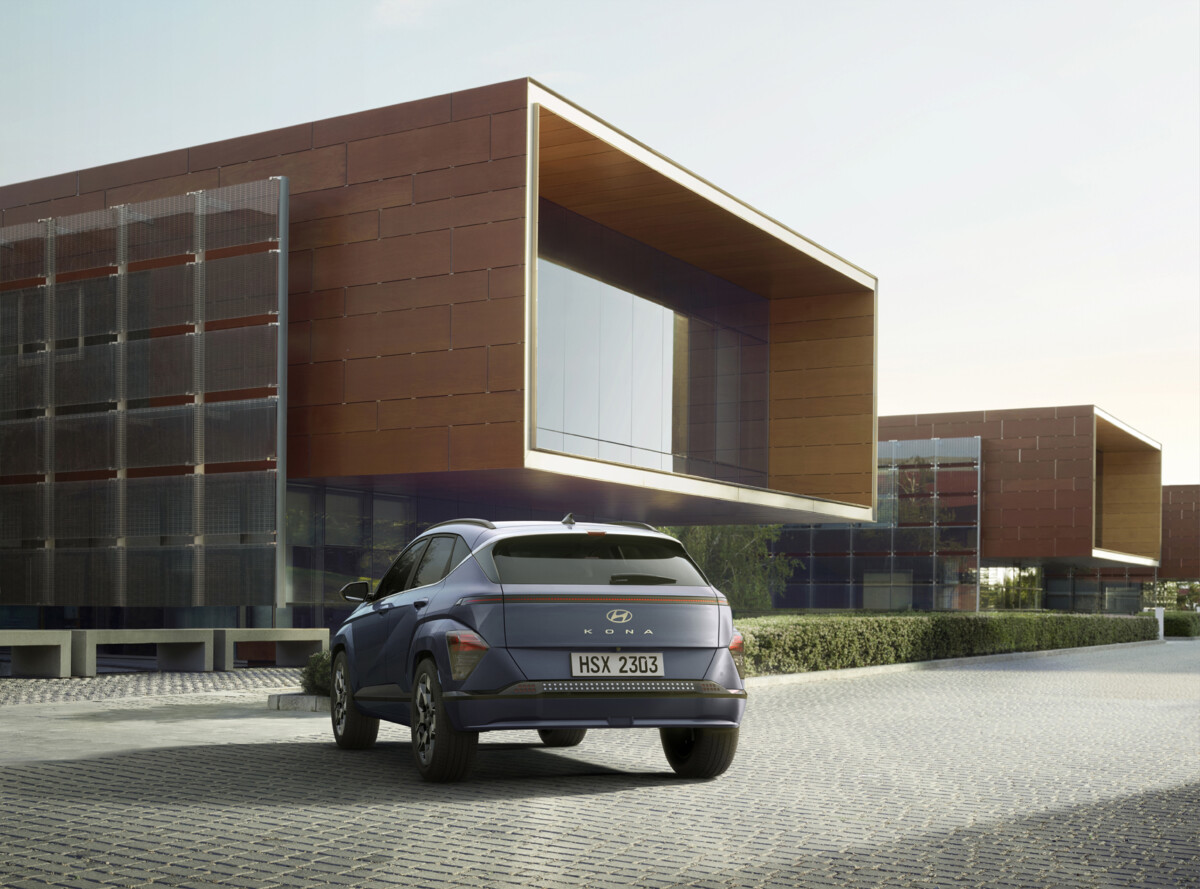
However, there is no question of offering a copy and paste of these two models a little apart in the range. Thus, the urban SUV rival of the Peugeot e-2008 and other Jeep Avenger, among others, is distinguished by a thin LED strip on the front, which gives it the air of a concept car. The electric version can be recognized by the slightly pixelated center, a gimmick much appreciated by the brand. As the press release states, the Kona has a Cd of 0.27still far from equaling the 0.20 of the Mercedes EQS and the 0.21 of the Ioniq 6.
If it is not necessarily seen, the star of the brand has gained 14 centimeters in length to reach 4.36 meters for 1.83 meters wide and 1.58 meters high. A beautiful baby therefore, which could also compete with the Renault Mégane E-Tech. Note thatan N Line version will also be offered, distinguished by a rear spoiler as well as black mirror caps and roof. The front and rear bumpers have also been reworked.
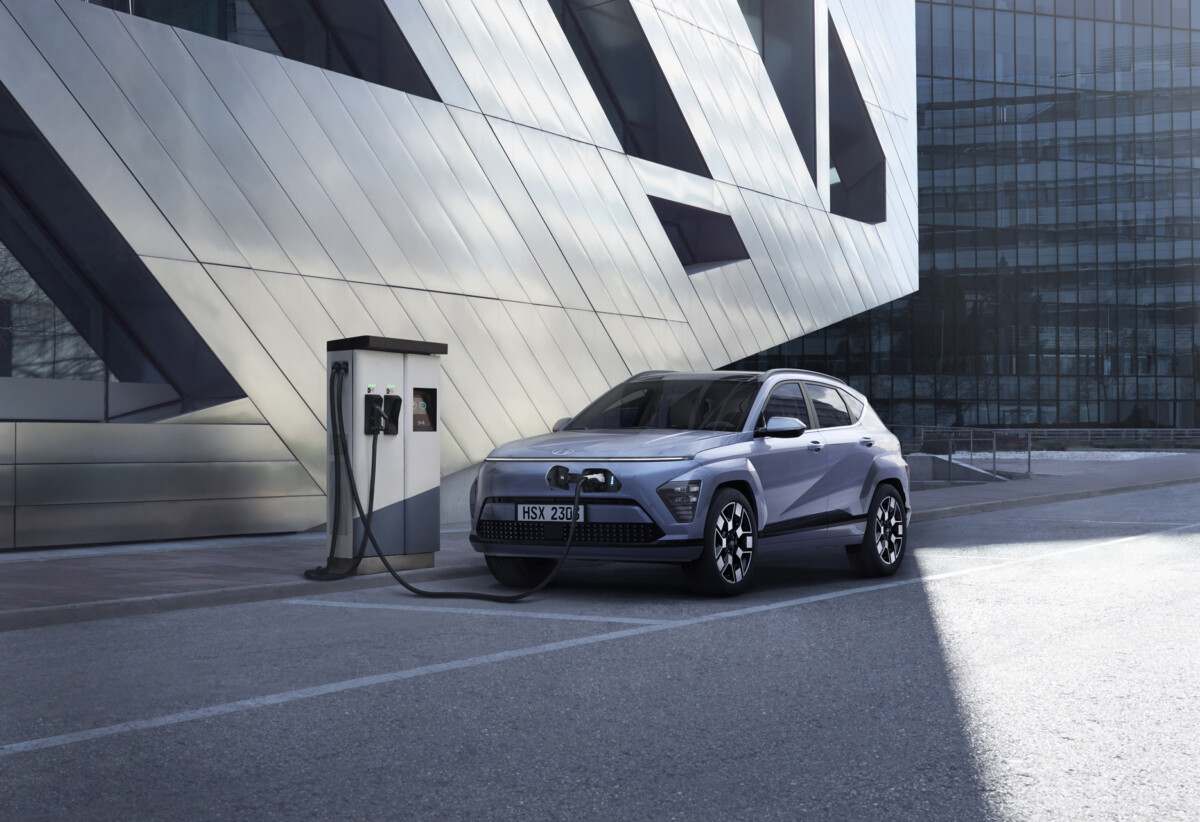
Concentrate of technology
With its wheelbase displayed at 2.66 meters, or 6 centimeters more than the old version, the new Hyundai Kona benefits from an increased habitability for the occupants. But the increase mainly benefits the chest, whose volume is displayed at 466 liters, against 361 for the previous version. Note that the size does not change depending on the engine. The electric version also benefits fromA frunky at the front of 27 liters.
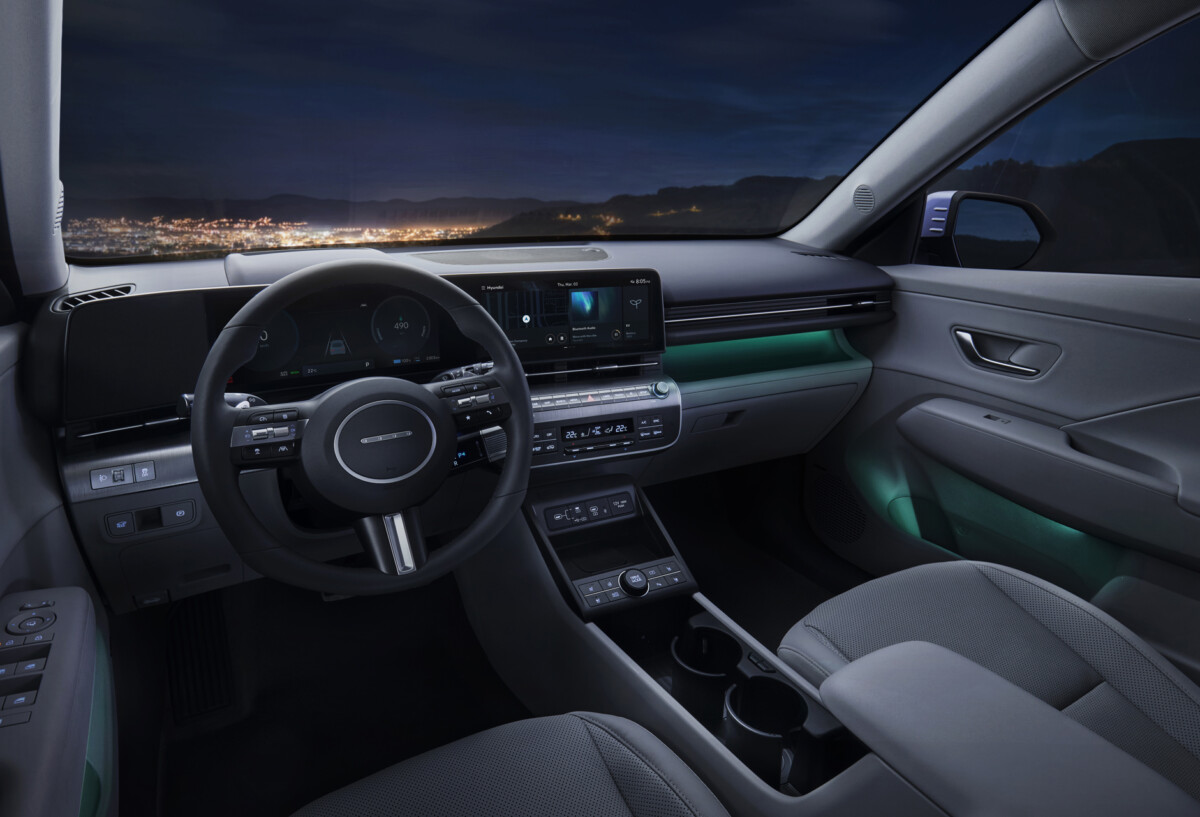
The driving position has been completely revised on this Kona, which benefits from a more modern presentation with now more horizontal lines, inspired by the Ioniq 5. The driver can take advantage of a large digital panel reminiscent of that of the BMW i4 or of the Buick Electra E5 unveiled yesterday. This is divided into two 12.3-inch screens, one for infotainment and one for instrumentation. The whole thing is completed by a 12-inch head-up display projected onto the windshield.
As on the Ioniq 5 but also on Volvo, Volkswagen or Tesla models, the new Hyundai Kona is compatible with remote OTA updates. These allow you to keep your car up to date and take advantage of new features without having to go to a dealership. Note that boarding and starting can be done using a smartphone, via NFC technology.
Several electric versions
Hyundai wanted to keep a hybrid alternative for its Kona, which develops 148 horsepower in this version, powered by a four-cylinder and an electric motor, all connected to a 1.56 kWh battery. But what interests us, it is especially the two electric variants, which evolve slightly and which now claim 218 and 156 horsepower for a torque of 255 Nm.
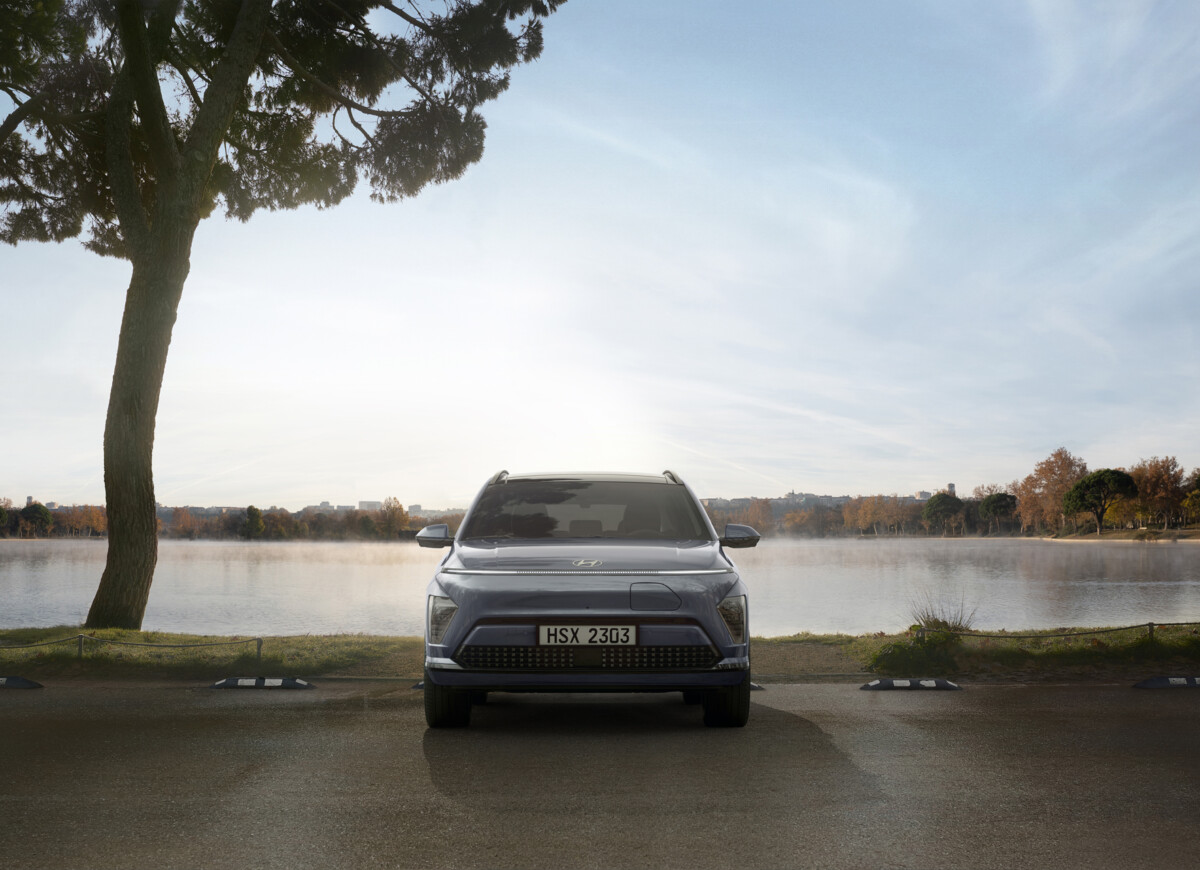
The first version is equipped witha small 48.4 kWh battery lithium-ion supplied by LG (against 39 kWh previously), which promises a range of 342 kilometers according to the WLTP cycle. The second version is associated with a 65.4 kWh pack (previously 64 kWh) which allows it to travel up to 490 kilometers in theory. It’s better, because the autonomy of the previous versions was given for 305 to 484 km.
If all this seems promising, the disappointment is still present when we learn that the SUV is not equipped with the 800-volt architecture like the Ioniq 5 and Ioniq 6.


So, charging power is capped at 103 kW in direct current, which makes it possible to go from 10 to 80% in 41 minutes (compared to 47 minutes previously). That’s very long compared to the 18 minutes of the two Ioniq models. It should be noted, however, that the car is equipped with the one pedal drive, as well as paddles to increase the level of regeneration during braking. On the other hand, not a word on the presence of a possible heat pump.
The driver can also enjoy an artificial sound that varies according to driving style. The new Hyundai Kona also features Level 2 autonomous driving as well as V2L two-way charging. Thus, it is possible to connect various objects directly to the charging socket, such as a kettle or a coffee machine when travelling. An increasingly widespread technology that can be found, for example, on the MG 5 or the Volvo EX90.
What prices and launch dates?
The new Hyundai Kona, which also hunts on the lands of the new restyled Volkswagen ID.3 should arrive this summer in its hybrid version and at the start of the school year in electric. Be careful, because some colors will not be available before the end of the year. If the prices have not yet been revealed, Clean Automotive estimated an entrance ticket around 34,000 euros in hybrid, against 27,000 euros currently. Spokespersons for the brand have confirmed that the electric version would be eligible for the ecological bonus with the most high-end finish, which means that it will be placed under 47,000 euros. To be compared with the 42,700 euros claimed by the Executive finish of the current Kona.
Want to join a community of enthusiasts? Our Discord welcomes you, it’s a place of mutual aid and passion around tech.
